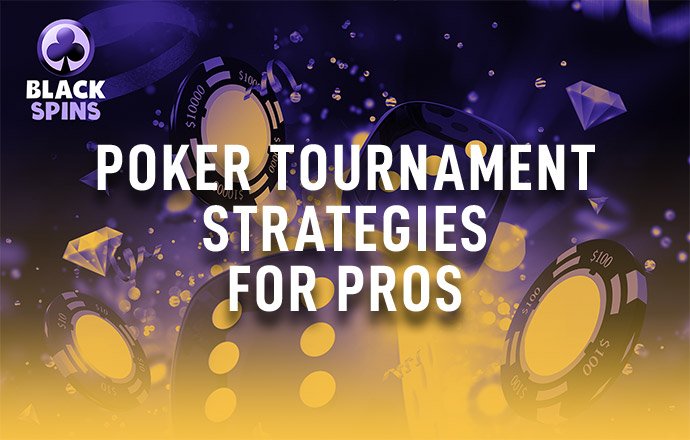Since the 19th century, Poker has grown to be an extremely popular pastime worldwide. The advantages when playing Poker are far from simple recreation. It teaches a number of skills including patience, money management, emotion control, etc.

Online casino games, such as blackjack, online slots and Poker involves the element of skill. Making the transition to playing Poker can be difficult, even for those who are winners in their local card game. However, there are many different online Poker tournament strategies that will help ease the transition for newbies as well as high-rollers. Read on to know more about them.
Opponent types of Poker strategies
The card game is all about adjusting to your opponent. How you adjust your opponent will totally depend on their gameplay. Here are some of the opponent types and a description of how to play against them.
Tight wager
Tight wager opponents play a limited number of hands and when they do, they are afraid to continue wagering without good cards. You can attack these players and observe them fold away their stack, but when they show commitment to the game, give up as they’ll frequently have the good cards.
Loose passive
Although a lot of hands are played by loose, passive opponents, they play them passively by just limping and calling. Make sure to continue betting when you have a strong hand against these opponents. They want to stick to the game and see all their hands to showdown, so make them pay for that. Keep in mind that they will try to bluff you with anything. They are commonly seen in lower-stakes online tournaments and live cash game arenas.
Tight aggressive
These types of opponents play quality starting hands aggressively. As they wait for solid high-card hands and pocket hands, you might be able to steal their blind preflop. However, they start out in the hand with strong holdings so be careful when they fight for the pot.
Loose aggressive
Loose aggressive opponents try to play a lot of hands and they tend to play them as fast as they can. This is the playing style of many high-rollers. You can trap them if you have a strong hand. However, oftentimes, you’ll just have to make a hand against them and wait until you can recognise when they have a strong hand or when they are just trying to run you over.
Early-stage Poker tournament strategy
As the stacks are deep, the early stages of a tournament can play a lot like a cash game. Put your deep stack to work by identifying your opponents. Bet sizes of opponents, types of hand they play and frequency they enter the pot can be a great indicator as to their style and skill level. Target the fun players at the table by playing more hands against them. You can capitalise on their common mistakes to get a good start at the tournament.
Be a little more cautious against your strong opponents. Play solid and try to play more hands in position.
Position
It is a critical concept when stacks are deep. You must focus on playing more hands in option. This can be achieved by opening and re-raising a wider form of the later positions. Your position over the table is one of the biggest influences over the number of hands you can profitably play.
3-6 and 5-10 rules
The 3-6 and 5-10 rules are a good guide against the weaker opponents at the table. Be careful you don’t get too loose against the pros at the table. At least, not until your skills are proficient in such match-ups.
Gap concept
The gap concept is another important factor to take into account while calling a player’s raise. The concept is simply that it takes a bettor’s hand to call a raise than it does to make the first raise.
Final table strategy
The final table strategy is also referred to as the final table bubble and it involves busting out of the tournament just before the final table is reached. Players will sometimes be eager to make the final table where they’ll have the chance to win a handsome amount of money. The money moves up much quicker when on the final table. Hence, players try to remain at the table for as long as possible. This provides an opportunity to pick-up some easy pots. As the tight opponents try to outlast each other, you can target the weaker players at the table.
By this stage, you should have gathered some important information about your opponents. Stack size also plays an important role in the final table dynamics. A big size stack can also be wielded as a weapon and the middling size stack have a bigger bubble factor.




